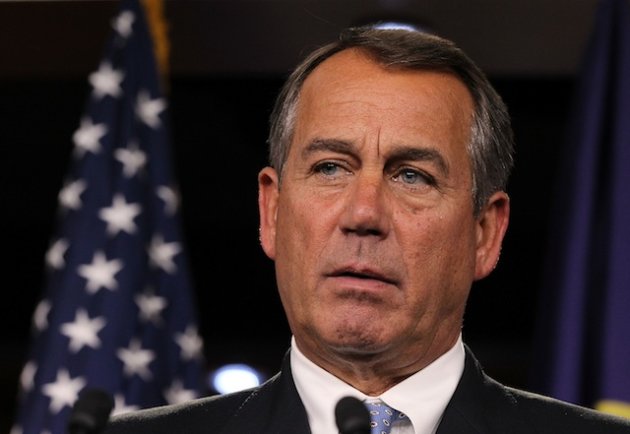CARACAS, Venezuela (AP) — This metropolis of 6 million people may be one of the world’s most intense, overwhelming cities, with tremendous levels of crime, traffic and social strife. The sounds of Caracas‘ streets live up to its reputation.
Stand on any downtown corner, and the cacophony can be overpowering: Deafening horns blast from oncoming buses, traffic police shrilly blow their whistles and sirens shriek atop ambulances stuck in bumper-to-bumper traffic.
Air horns routinely used by bus drivers are so powerful they make pedestrians on crosswalks recoil, and can even leave their ears ringing. Loud salsa music blares from the windows of buses, trucks with old mufflers rumble past belching exhaust, and “moto-taxis” weave through traffic beeping high-pitched horns.
Growing numbers of Venezuelans are saying they’re fed up with the noise that they say is getting worse, and the numbers of complaints to the authorities have risen in recent years.
One affluent district, Chacao, put up signs along a main avenue reading: “A honk won’t make the traffic light change.”
“The noise is terrible. Sometimes it seems like it’s never going to end,” said Jose Santander, a street vendor who stands in the middle of a highway selling fried pork rinds and potato chips to commuters in traffic.
Prosecutor General Luisa Ortega recently told a news conference that officials have started “putting an increased emphasis on promoting peaceful coexistence” by punishing misdemeanors such as violations of anti-noise regulations and other minor crimes. That effort has translated into hundreds of noise-related cases in recent years.
Some violators are ordered to perform community service. For instance, two young musicians who were recently caught playing loud music near a subway station were sentenced to 120 hours of community service giving music lessons to students in public schools.
Others caught playing loud music on the street have been charged with disturbing the peace after complaints from neighbors. Fines can run as high as 9,000 bolivars, or $ 2,093.
On the streets of their capital, however, Venezuelans have grown used to living loudly. The noisescape adds to a general sense of anarchy, with many drivers ignoring red lights and blocking intersections along potholed streets strewn with trash.
“This is something that everybody does. Nobody should be complaining,” said Gregorio Hernandez, a 23-year-old college student, as he listened to Latin rock songs booming from his car stereo on a Saturday night in downtown Caracas. “We’re just having fun. We’re not hurting anybody.”
Adding to the mess is the country’s notoriously divisive politics, which regularly fill the streets with marches and demonstrations.
On many days, the shouts of protesters streaming through downtown can be heard from blocks away, demanding pay hikes or unpaid benefits.
And the sporadic crackling of gunfire in the slums can be confused for firecrackers tossed by boisterous partygoers.
It’s difficult to rank the world’s noisiest cities because many, including Venezuela’s capital, don’t take measurements of sound pollution, said Victor Rastelli, a mechanical engineering professor and sound pollution expert at Simon Bolivar University in Caracas. But Rastelli said he suspects Caracas is right up there among the noisiest, along with Sao Paulo, Mexico City and Mumbai.
Excessive noise can be more than simply an annoyance, Rastelli said. “This is a public health problem.”
Dr. Carmen Mijares, an audiologist at a private Caracas hospital, said she treats at least a dozen patients every month for hearing damage caused by prolonged exposure to loud noises.
“Many of them work in bars or night clubs, and their maladies usually include temporary hearing loss and headaches,” Mijares said. For others, she said, the day-to-day noise of traffic, car horns and loud music can exacerbate stress and sleeping disorders.
Several cities have successfully reduced noise pollution, said Stephen Stansfeld, a London psychiatry professor and coordinator of the European Network on Noise and Health.
One of the most noteworthy initiatives, Stansfeld said, was in Copenhagen, Denmark, where officials used sound walls, noise-reducing asphalt and other infrastructure as well as public awareness campaigns to fight noise pollution.
But such high-tech solutions seem like a remote possibility in Caracas, where streets are literally falling apart and aging overpasses regularly lack portions of their guard rails. Prosecutors, angry neighbors and others hoping to fight the noise will have to persuade Venezuelans to do nothing less than change their loud behavior.
For Carlos Pinto, however, making noise is practically a political right.
The 26-year-old law student and his friends danced at a recent street party to house music booming from woofers in his car’s open trunk, with neon lights on the speakers that pulsed to the beat.
When asked about the noise, he answered: “We will be heard.”
___
AP freelance video journalist Ricardo Nunes contributed to this report.
___
Christopher Toothaker on Twitter: http://twitter.com/ctoothaker
Latin America News Headlines – Yahoo! News












